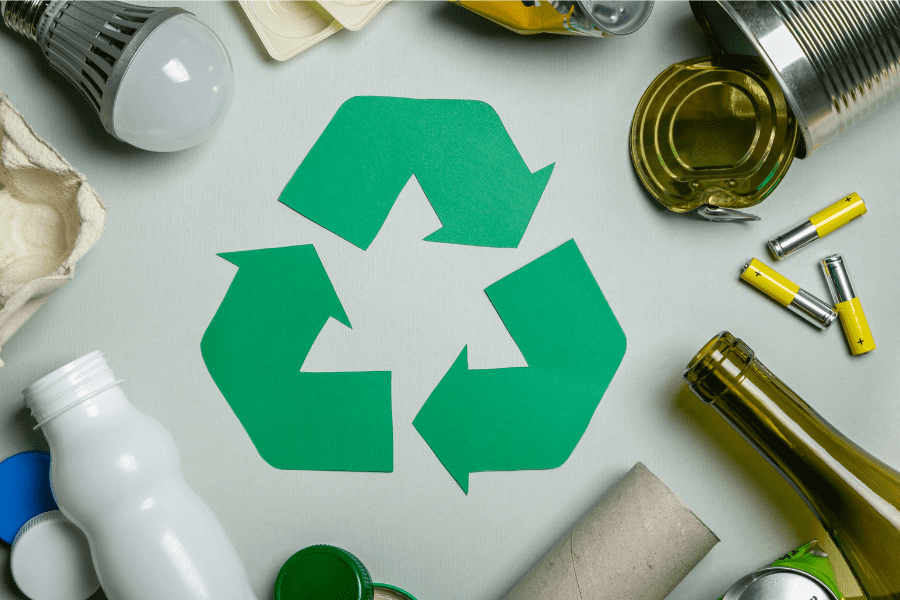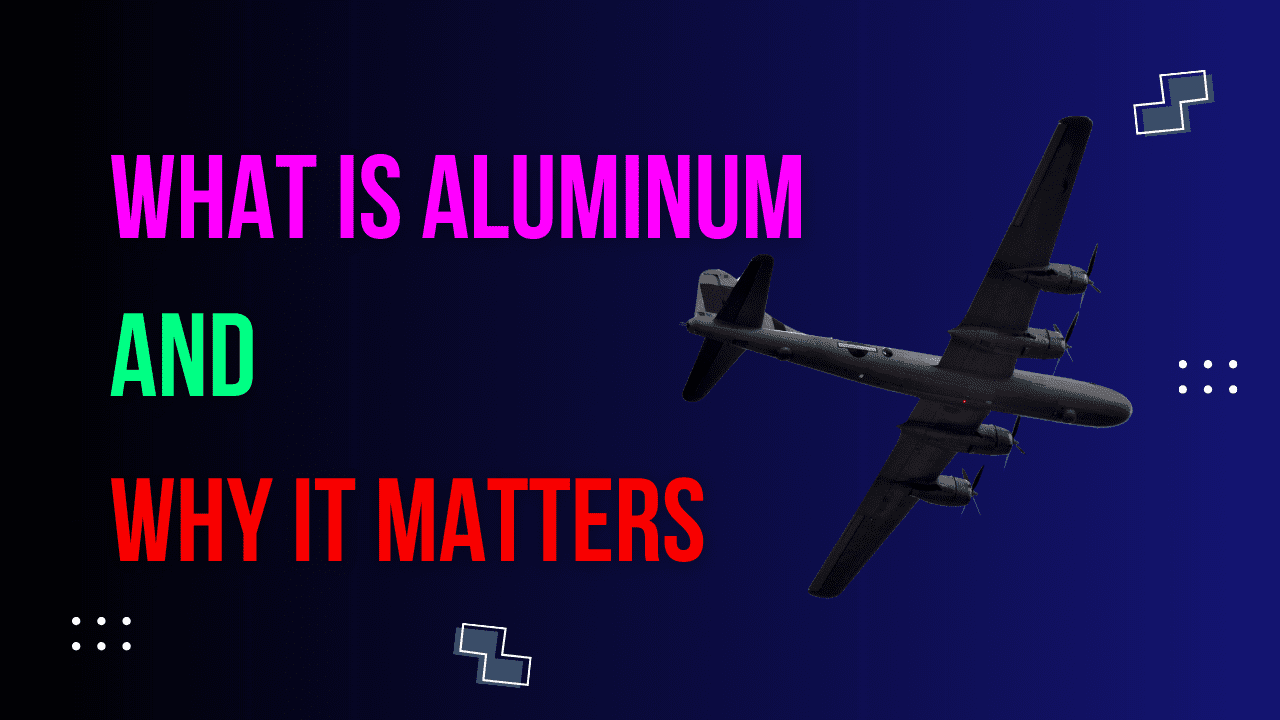Table of Contents
What is aluminum and why has it been called the second alchemy?

Even after it was discovered that aluminum could be extracted from stone and used to make metallic objects like iron and copper, technological limitations prevented its widespread use. But people didn’t give up on aluminum. The aluminum atoms themselves are clearly out there in the dirt and stone. You just can’t pick them out, and if you somehow managed to pull them out and collect them, you’d have a nugget of precious metal as valuable as gold, and many engineers would have loved to take on the challenge of picking out aluminum atoms. As modern chemistry developed, it became clear that alchemy to create gold was virtually impossible. But extracting aluminum wasn’t completely impossible, so in the late 19th century, the art of extracting aluminum from stone was a second alchemy.
The two men who eventually succeeded in this second alchemy are usually credited with the Frenchman Paul Héroult and the American Charles Martin Hall. In the late 1880s, they each discovered a unique chemical reaction that electrified a material from which aluminum could be extracted, melting it down and then skimming it back up. Nowadays, aluminum is extracted from a stone called bauxite, and the technology is much more advanced than it used to be. However, it still takes a lot of electricity to produce aluminum, which makes it impossible to operate a plant in countries where electricity is too expensive or unavailable.
At the turn of the 20th century, aluminum began to be mass-produced in factories and spread around the world. Once it was available in large quantities, there was no better material to use than aluminum. It’s a hard metal, but it’s as light as wood, and it’s ubiquitous and cheap. People started making all kinds of things out of aluminum.
Aluminum’s Pivotal Role in Technology and Warfare

For airplane builders in particular, aluminum became a game-changer. In the early days, airplane builders thought that a machine that could fly would be better made of lighter materials like wood, cloth, or paper. Since the airplane had to fly and stay aloft, they tried to save weight any way they could. So the plane’s engine parts were made of aluminum instead of iron to save weight. Later, as airplanes became more advanced, it became fashionable to make the body entirely of aluminum-based materials. It was advantageous to use a metal like aluminum for a machine that could leave the ground at high speeds, climb, and fly against the wind.
But aluminum wasn’t without its drawbacks. While aluminum was lightweight, it was not as strong as metals like iron or tungsten. To overcome this problem, inventors created alloys that mixed aluminum with other materials to create stronger materials. As aluminum alloy technology improved, almost every airplane in the world was filled with aluminum. Once the technology to fly chunks of aluminum through the air was established, airplanes became bigger and safer. This led to an era where anyone could buy a plane ticket and fly.
Meanwhile, unlike World War I, which was largely a trench warfare in the early 20th century, World War II, fought just 20 years later, was all about the air. Airplanes streaked across the sky, dropping bomb after bomb like hailstones, and when they disappeared, the area was irrevocably devastated. With airpower often deciding the outcome of battles, World War II was a battle of airplane aluminum. Faster fighters, stronger bombers, and more of them, faster, required vast quantities of aluminum. To get that much aluminum, you needed enough electricity and chemical technology to run the factories, and the side that could actually produce more aluminum won the war.
Not solely for that reason, but it’s clear that World War II led to an absurdly large increase in aluminum production. When the war ended, the factories that were producing aluminum had to find other uses for it. The factories had expanded and bought a lot of raw materials, and it would be a waste if there were no more uses for the aluminum. They had to find another use for it somehow. On the other hand, from the perspective of buying and using aluminum, the surplus and cheapness of aluminum made it easier to try new things. And so, after the war, the peacetime era came, and with it, the era of aluminum. It was also around this time that aluminum cans began to be used for soda and beer.
Nowadays, aluminum is used in many more things than it was in the early 20th century. It’s almost safe to say that if iron is the heaviest metal, aluminum is the lightest. From airplanes, which still use aluminum, to food packaging and all sorts of household items, aluminum is more ubiquitous than you can imagine.
It’s not just airplanes that use aluminum, but other forms of transportation as well. The lighter weight of aluminum reduces the weight of transportation, which in turn saves fuel. It’s also a good thing that aluminum doesn’t rust, so it can stay looking fresh for much longer. The amount of aluminum used in bicycles, cars, and trains is growing as alloy technology improves its performance. The same goes for electric cars, which are becoming increasingly popular these days: the lighter they are, the farther and longer they can go on the same amount of battery. As more attention is paid to making lighter cars, aluminum’s popularity will only increase in the future.
The Sustainability of Aluminum

Luckily, there’s a way to get aluminum these days that doesn’t involve pulling it out of a rock. It’s called recycling. Just as living things are decayed, broken down, and turned into manure by bacteria at the end of their lives to nurture new life, aluminum is broken down in recycling plants to be reborn as new aluminum. Recycling aluminum also saves a lot of electricity compared to extracting it directly from the stone. For the same amount of aluminum, the electricity required to recycle it is about one-twentieth of the electricity required to extract it directly from the stone. This is a testament to the difficulty of extracting aluminum directly from the stone today, and a testament to the hard work of past researchers.
It’s been said that the electricity saved by recycling a single aluminum can can power a 30-watt fluorescent light bulb for more than 50 hours. Even if it’s not quite that much, it’s hard to think of another material that can save you as much money as aluminum when recycled, so empty aluminum cans aren’t just trash, they’re electricity. Properly separating and recycling aluminum products can easily outweigh the environmental benefits of recycling almost any other material. So if you’re feeling a little guilty about drinking too many canned drinks or canned beer, it’s a good idea to resolve to do your part to recycle them.
Discover More
If this article made you happy and taught you something, I’m sure our next article will do the same for you. Each piece is carefully written to help you understand things better and enjoy reading more. So, to keep exploring and having fun, just click on this link to go to our next story.
The Helium Shortage : A Precious Gas Facing a Global Shortage – ReViewMaster DEN (rvmden.com)



